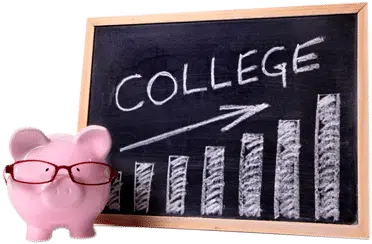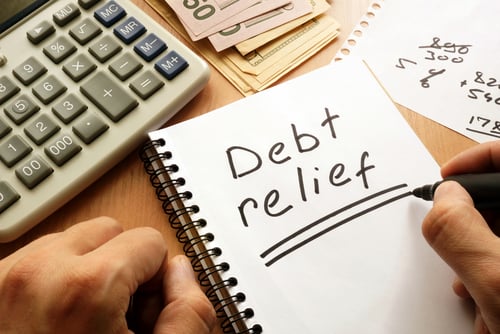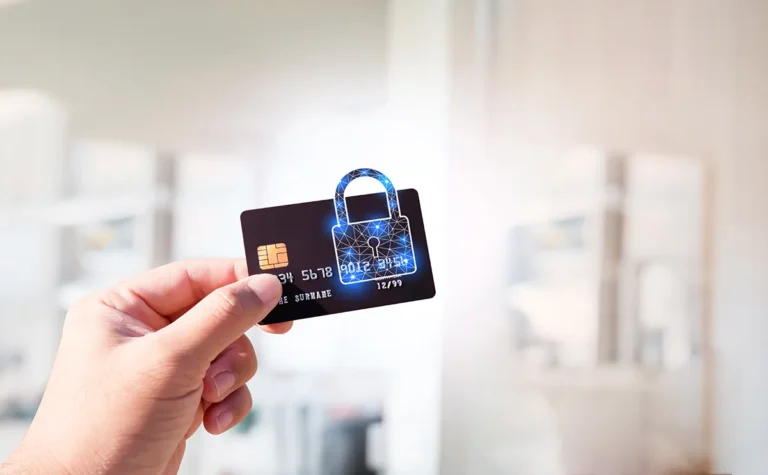Private Student Loans
For many students, attaining a college degree is impossible without some form of borrowing. In fact, student loans are nothing short of huge business in the United States – as aggregate student loan debt now exceeds $1.45 trillion, with this figure spread among 45 million young Americans.
There are two major sources of student loans – federal and private. Though there is a common misperception that the two types are similar in nature, in actuality, they can vary widely in interest rates and terms. Private loans often require a higher credit score and/or co-signer and frequently carry higher interest rates than federal loans. In addition, private student loans are never subsidized – the borrower is always responsible for interest expense, both during school and following graduation. Let’s take a look now at the ever-expanding landscape of private student loans.

Private Student Loan Lenders
Over the past decade, the volume of private student loans has risen significantly, gaining approximately 30% a year. This growth has led to significant competition in the space, as there are now a wide variety of leading private student loan lenders including nationally recognized financial institutions such as Citizens Bank, PNC Bank and SunTrust.
Other prominent leading private student loan lenders include Sallie Mae, Discover, Ascent, Lendkey, U-fi and College Avenue Student Loans. Since private student loans are based on a borrower’s credit profile and/or that of a co-signer, it pays to research these various lenders and shop around for the most favorable interest rates and terms. Also, do note, that the presence of a co-signer has become extremely prevalent in the private student loan application process, with over 90% of private student loans now being granted with a co-signer in tow.

The Private Student Loan Marketplace
Over 20% of all students engage in some form of private student loan borrowing each year, with the national average checking in at $13,600 per student. Indeed, private student loans serve as valuable access for supplemental student borrowings beyond Federal student loans, despite the fact that they lack some Federal student loan benefits such as loan forgiveness programs and income-driven repayment plans.
Furthermore, whereas interest rates on Federal student loans are fixed and generally range between 3-5%, interest rates on private student loans can be fixed or variable, and show a wider range from just under 3% toward 13%. As mentioned, the marketplace for private student loans continues to expand, with over 100 prominent lenders, and as of early 2017, aggregate private student loan indebtedness stood at $102 billion, accounting for more than 7.5% of all student loan debt.
Private Student Loan Consolidation
The percentage of bachelor degree recipients who graduate with some form of private student loan indebtedness each year continues to rise and is now greater than 30%. Following graduation, many students avail themselves of private student loan consolidation, which offers the opportunity to simplify the monthly payment process through one streamlined payment per month, while also relieving financial pressure by reducing the overall monthly payment.
Since private student loans are granted based upon the borrower’s and co-signer’s credit score and profile, interest rates are variable and usually higher than the interest rates attached to Federal student loans. Therefore, when consolidating private loans following graduation, a debtor may actually secure lower interest rates, particularly when the recent graduate’s earnings power has expanded and the credit profile is strong.
However, it should be noted that private student loans can only be consolidated through private institutions such as banks, credit unions and college foundations. There are no Federal governmental agencies available for the consolidation of private student loans.

Are you in debt? we can help
Get Debt Relief
Speak with licensed debt specialists dedicated to guiding you toward financial stability every step of the way.

Ready To Get Started?
See if you qualify for debt relief. Get a Free savings estimate to see how quickly you can be debt free.
Embrace financial freedom with our tailored solutions, expert guidance, and unwavering commitment to your success.
Experienced Professionals
Our experienced team has helped thousands of clients successfully eliminate debt and regain financial freedom.
Customized Solutions
We know every financial situation is different, so we design personalized debt relief plans to fit your specific needs and goals.
High Success Rate
Our proven debt relief strategies deliver real results. With a strong track record of success, we help clients achieve lasting financial stability.
Confidential Consultation
Your privacy is our priority. All debt relief consultations are 100% confidential and handled with the highest level of discretion.
Explore other blogs











